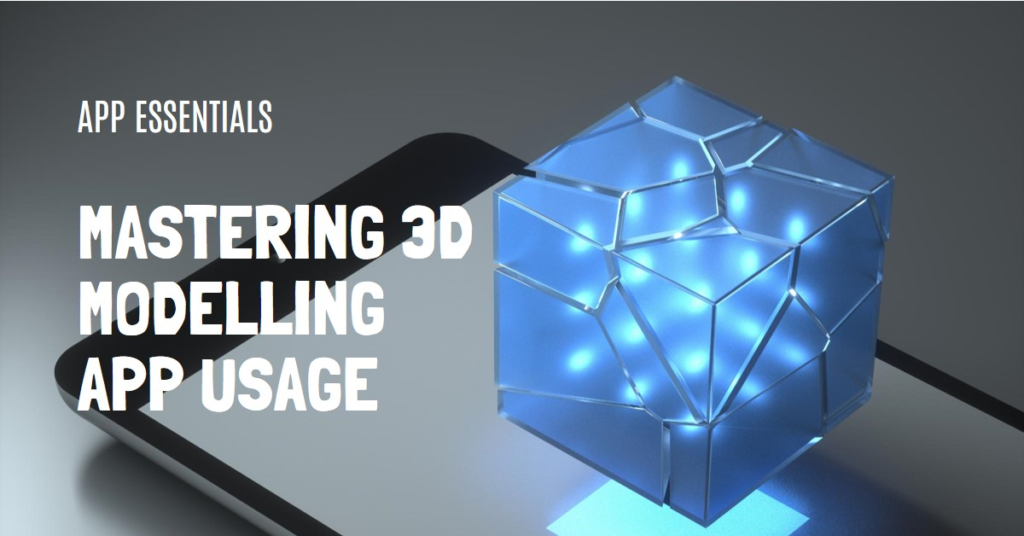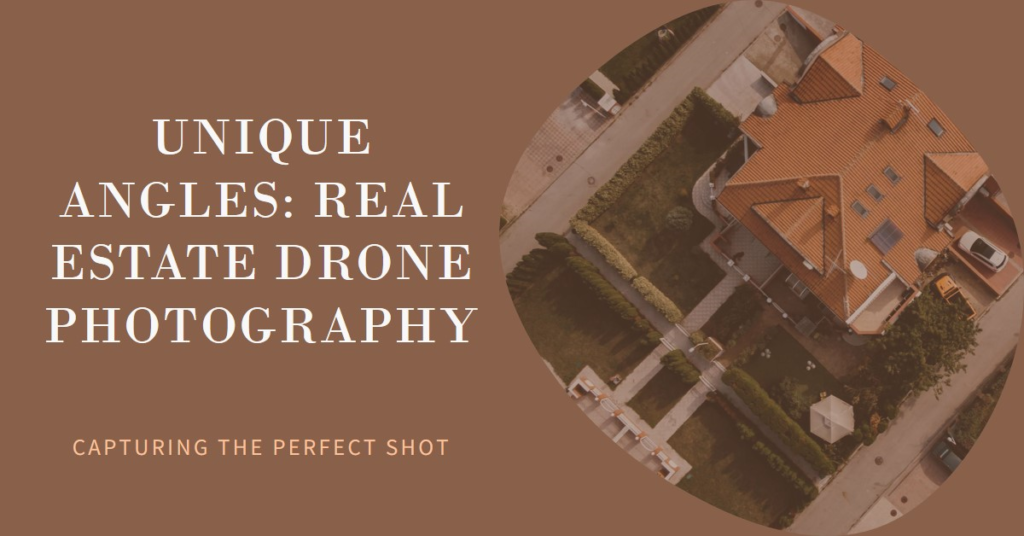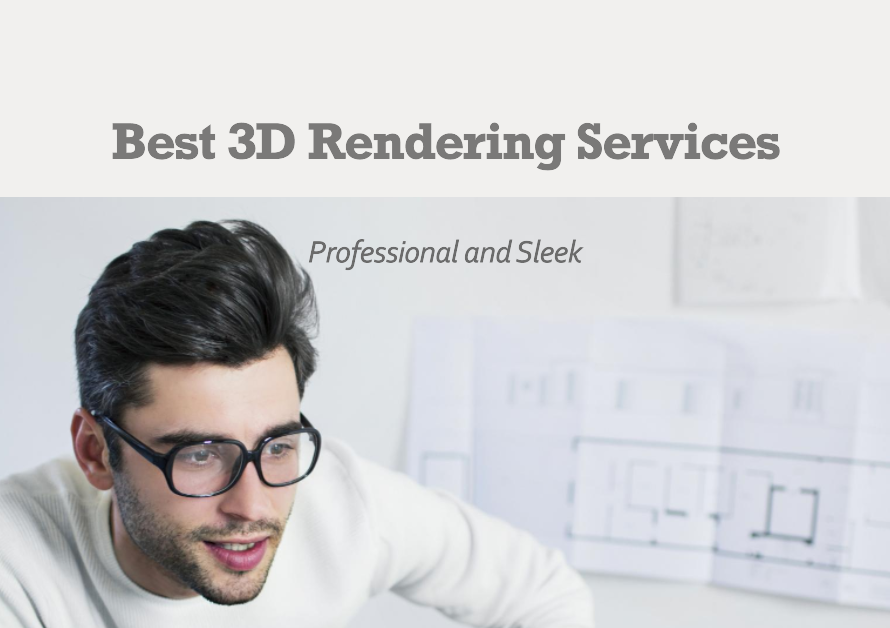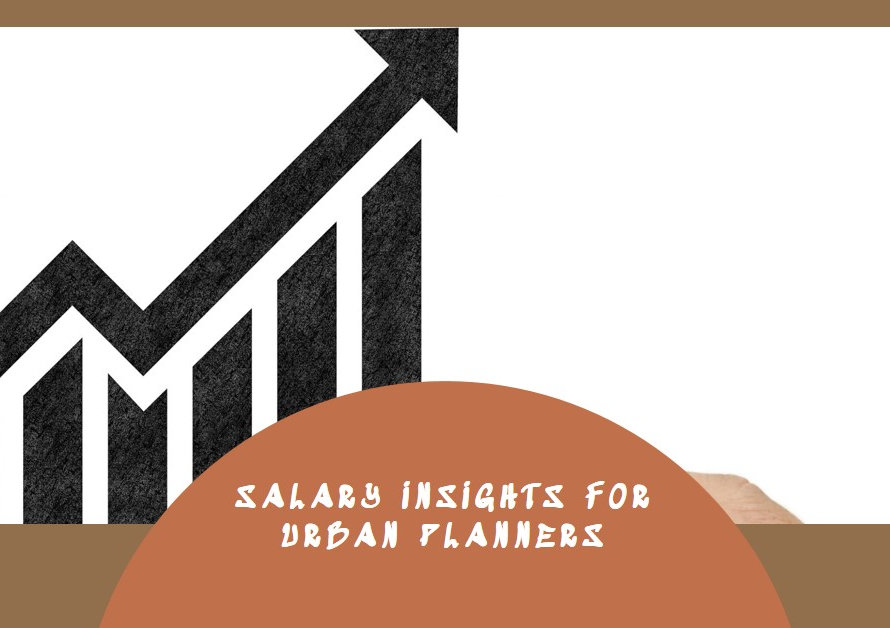
Table of Contents
- Introduction: The Digital Canvas
- Choosing the Right 3D Modeling App: A Comparative Analysis
- Getting Started: Interface and Navigation Mastery
- Fundamental Techniques: Building Blocks of 3D Models
- Sculpting and Detailing: Adding Life to Your Models
- Texturing and Shading: The Art of Surface Appearance
- Animation Basics: Bringing Models to Motion
- Optimizing Workflow: Tips for Efficiency and Productivity
- Rendering and Post-Processing: Finalizing Your Creation
- Troubleshooting and Community Support: Overcoming Challenges
- Conclusion: The Journey of Mastery
Introduction: The Digital Canvas
3D modeling has transformed from a niche skill into a mainstream tool used in various industries such as gaming, film, architecture, and product design. As technology evolves, so does the complexity and capability of 3D modeling software. To navigate this intricate landscape, understanding the essentials of 3D modeling apps is crucial.
In this comprehensive guide, we will delve into the core aspects of mastering 3D modeling app usage. From choosing the right software to optimizing your workflow, this post aims to provide you with actionable insights to elevate your 3D modeling skills.
Choosing the Right 3D Modeling App: A Comparative Analysis
Before diving into the specifics of 3D modeling, selecting the right software is paramount. The choice depends largely on your project’s requirements and your personal or professional goals. Popular options include Blender, Autodesk Maya, and SketchUp, each offering unique features and capabilities.
Blender is renowned for its versatility and open-source nature, making it accessible to both beginners and professionals. Autodesk Maya, on the other hand, is a powerhouse in the film and gaming industries, offering advanced tools for complex projects. SketchUp is favored for architectural and interior design due to its user-friendly interface and precision tools. By comparing these options, you can determine which app aligns best with your needs.
Getting Started: Interface and Navigation Mastery
Once you’ve chosen your 3D modeling app, familiarizing yourself with its interface is the next step. Each software has a unique layout, but common elements include toolbars, viewports, and property panels. Understanding these elements will streamline your workflow and enhance productivity.
Start by exploring the viewport, which is the primary workspace for creating and manipulating 3D objects. Learn to navigate the scene using tools like zoom, pan, and rotate. Familiarize yourself with the toolbar, where you’ll find essential tools for modeling, sculpting, and texturing. Mastery of these basics lays a solid foundation for more advanced techniques.
Fundamental Techniques: Building Blocks of 3D Models
The core of 3D modeling involves creating basic shapes and combining them to form complex structures. Begin with primitive shapes such as cubes, spheres, and cylinders. These serve as the building blocks for more intricate models. Practice manipulating these shapes through operations like scaling, rotating, and translating.
In addition to basic transformations, learn to use more advanced techniques like extruding, beveling, and subdivision. Extrusion involves extending a shape’s surface to add depth, while beveling smooths edges for a more polished look. Subdivision increases the model’s resolution, allowing for finer detail. Mastery of these techniques is essential for creating detailed and realistic models.
Sculpting and Detailing: Adding Life to Your Models
Sculpting is a vital aspect of 3D modeling, allowing for the addition of intricate details and textures. Unlike traditional modeling, which relies on manipulating polygons, sculpting uses brushes to shape and refine the model. This technique is particularly useful for organic forms like characters and creatures.
Begin by exploring the various brushes available in your 3D modeling app. Common brushes include the standard brush for basic sculpting, the smooth brush for refining surfaces, and the pinch brush for creating sharp edges. Practice using these tools to add details such as wrinkles, scales, and fur. By mastering sculpting, you can bring your models to life with rich, realistic details.
Texturing and Shading: The Art of Surface Appearance
Texturing and shading are crucial for defining the surface appearance of your 3D models. Texturing involves applying images, or textures, to the model’s surface to create patterns, colors, and details. Shading determines how the model interacts with light, affecting its color and transparency.
Start by learning to UV unwrap your model, which involves flattening its surface to create a 2D map. This map allows you to apply textures accurately. Explore different types of textures, such as diffuse maps for color, bump maps for surface details, and specular maps for reflections. Additionally, experiment with shading techniques to achieve realistic lighting effects. Mastery of texturing and shading enhances the visual appeal and realism of your models.
Animation Basics: Bringing Models to Motion
Animation adds a dynamic dimension to 3D modeling, enabling you to bring your models to life. Whether you’re creating a simple movement or a complex sequence, understanding the basics of animation is essential.
Begin with keyframe animation, where you set key positions for your model at specific points in time. The software interpolates the in-between frames to create smooth motion. Learn to use the timeline and graph editor to control the animation’s timing and pace. Additionally, explore rigging, which involves creating a skeleton for your model to control its movements. Mastering these basics allows you to create engaging and fluid animations.


Optimizing Workflow: Tips for Efficiency and Productivity
Efficiency is key in 3D modeling, especially when working on large or complex projects. Optimizing your workflow can save time and enhance productivity. Start by organizing your workspace, using layers and groups to keep your scene structured. This makes it easier to manage and edit different parts of your model.
Utilize keyboard shortcuts to speed up common tasks. Most 3D modeling apps allow customization of these shortcuts to fit your workflow. Additionally, take advantage of automation tools such as scripts and macros to streamline repetitive tasks. By optimizing your workflow, you can focus more on creativity and less on mundane operations.
Rendering and Post-Processing: Finalizing Your Creation
Rendering is the process of generating a final image or animation from your 3D model. This step involves setting up lighting, cameras, and rendering parameters to achieve the desired look. Understanding the rendering process is crucial for producing high-quality visuals.
Start by setting up your scene with appropriate lighting. Experiment with different types of lights, such as point lights, directional lights, and ambient lights, to achieve the desired effect. Next, configure the camera to frame your scene correctly. Finally, adjust the rendering settings, including resolution, samples, and output format. After rendering, use post-processing techniques such as color correction, depth of field, and motion blur to enhance the final image. Mastery of rendering and post-processing ensures your models look their best.
Troubleshooting and Community Support: Overcoming Challenges
3D modeling can be complex, and challenges are inevitable. Knowing how to troubleshoot common issues is essential for maintaining productivity. Additionally, leveraging community support can provide valuable insights and solutions.
When encountering issues, start by consulting the software’s documentation and online forums. Many 3D modeling apps have active communities where users share tips and solutions. Participate in these communities to learn from others’ experiences and seek advice for specific problems. Additionally, consider joining online courses and workshops to further your skills and stay updated with industry trends. By proactively seeking solutions and support, you can overcome challenges and continue to grow as a 3D artist.
Conclusion: The Journey of Mastery
Mastering 3D modeling app usage is a journey that requires dedication, practice, and continuous learning. By understanding the fundamentals, optimizing your workflow, and leveraging community support, you can elevate your skills and create stunning 3D models. Remember, the key to mastery lies in perseverance and a willingness to explore new techniques and tools. Embrace the digital canvas and let your creativity flourish.


